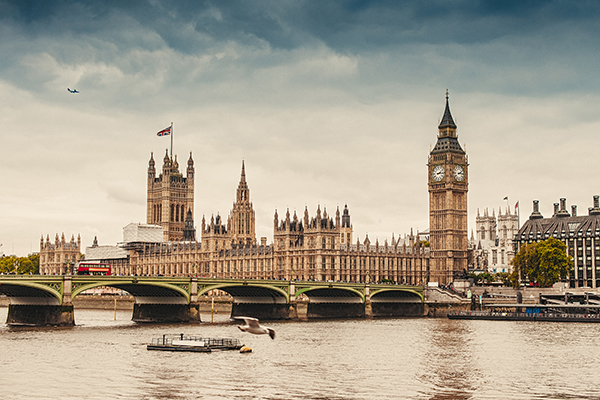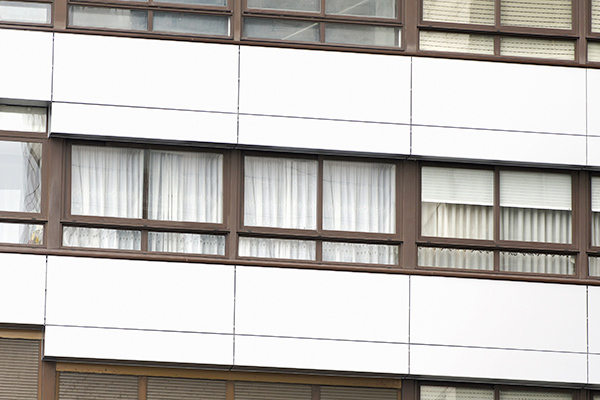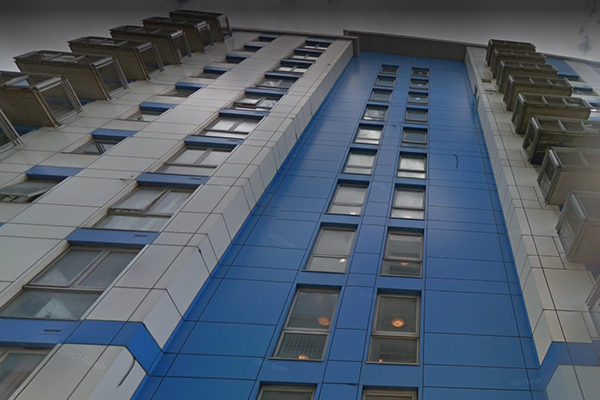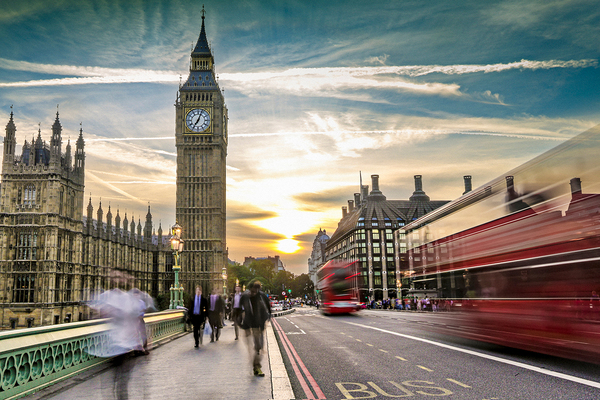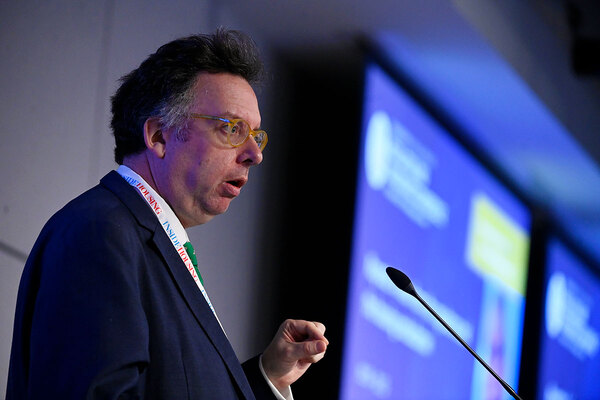Government fire expert signed certificate for Grenfell-style cladding
The government-appointed chair of an independent fire safety panel signed off a cladding product similar to that used on Grenfell Tower as ‘Class 0’, it has been revealed.
During a parliamentary debate yesterday afternoon, Labour MP Steve Reed held up a copy of a certificate, signed by Sir Ken Knight in 2014, which says Larson composite panel – a type of aluminium cladding with a polyethylene core – has a Class 0 rating.
Sir Ken is heading up the government’s independent panel on fire safety, which was appointed immediately after the Grenfell Tower fire to advise on building safety measures.
Approved Document B says ‘Class 0’ is the acceptable standard for the external walls of a high-rise building.
This led many to believe cladding products with this rating were acceptable for use on high rises.
However, since the fire, the government has claimed the core of a cladding panel must meet the higher standard of ‘limited combustibility’ specified for insulation in Approved Document B.
Mr Reed said: “After Grenfell the government said that cladding with a polyethylene core like that on Cityscape in my constituency doesn’t comply with the guidance.
“The prime minister herself repeated that claim. But I have a certificate here, signed by Sir Ken Knight, chair of the government’s independent expert panel on fire safety and a director of the BRE [Building Research Establishment] Trust, that says it does comply. Quite simply the government is all over the place – they do not have a clue what is going on.”
The certificate was issued by Warrington Certification and signed in January 2014. It stated that the Larson composite panel manufactured by Alucoil “has been appraised as having a Class 0 performance when fire tested and assessed”.
It also states that "a material with a fire performance classification of Class 0 may be used...on external surfaces of multi-storey buildings."
A spokesperson for the Ministry of Housing, Communities and Local Government said: “Steve Reed MP is wrong. The certificate he referred to does not approve cladding with a polyethylene core for use on high-rise buildings.”
However, Mr Reed hit back on Twitter, highlighting a line in the certificate which said materials with a Class 0 rating may be used on the external surface of a multi-story building.
.@mhclg say I’m wrong about Govt adviser approving Grenfell-style flammable cladding. Here’s his signature on the certificate, the line about multi-storey buildings, and the type of cladding @insidehousing pic.twitter.com/Z9RjXnJNDz
— Steve Reed (@SteveReedMP).@mhclg say I'm wrong about Govt adviser approving Grenfell-style flammable cladding. Here's his signature on the certificate, the line about multi-storey buildings, and the type of cladding @insidehousing pic.twitter.com/Z9RjXnJNDz
— Steve Reed (@SteveReedMP) March 7, 2018
The government first claimed cladding needed to have a ‘limited combustibility’ rating in a letter to social landlords on 22 June – eight days after the Grenfell fire. It said the core of the polyethylene panels should be considered ‘filler’ or insulation.
Rainscreen cladding of the kind used on Grenfell and elsewhere is designed to keep insulation dry but does not have an insulation function.
At the Lakanal House inquest, government officials said the appropriate standard for cladding panels on high rises was Class 0. This view was also expressed by a parliamentary committee investigating the Garnock Court fire in Scotland in 1999.
In January, giant insulation manufacturer Kingspan issued guidance saying there were “two interpretations” of Approved Document B – the government’s view since Grenfell and the view that external cladding should be Class 0. This was later edited.
The government has been accused of acting out of a “fear of liability” by a cladding industry spokesperson for not accepting the view that the guidance allowed the use of Class 0 products as cladding.
Update: at 9.15am on 8.3.2018
This story was updated to include Mr Reed’s response on Twitter.
Never Again campaign
Inside Housing has launched a campaign to improve fire safety following the Grenfell Tower fire
Never Again: campaign asks
Inside Housing is calling for immediate action to implement the learning from the Lakanal House fire, and a commitment to act – without delay – on learning from the Grenfell Tower tragedy as it becomes available.
LANDLORDS
- Take immediate action to check cladding and external panels on tower blocks and take prompt, appropriate action to remedy any problems
- Update risk assessments using an appropriate, qualified expert.
- Commit to renewing assessments annually and after major repair or cladding work is carried out
- Review and update evacuation policies and ‘stay put’ advice in light of risk assessments, and communicate clearly to residents
GOVERNMENT
- Provide urgent advice on the installation and upkeep of external insulation
- Update and clarify building regulations immediately – with a commitment to update if additional learning emerges at a later date from the Grenfell inquiry
- Fund the retrofitting of sprinkler systems in all tower blocks across the UK (except where there are specific structural reasons not to do so)
We will submit evidence from our research to the Grenfell public inquiry.
The inquiry should look at why opportunities to implement learning that could have prevented the fire were missed, in order to ensure similar opportunities are acted on in the future.
